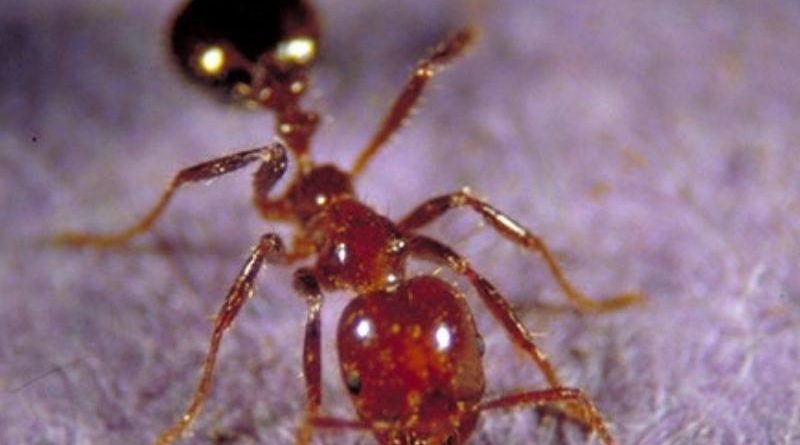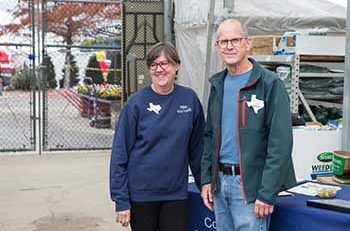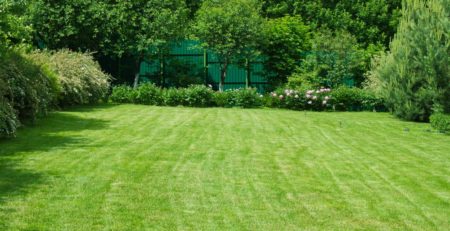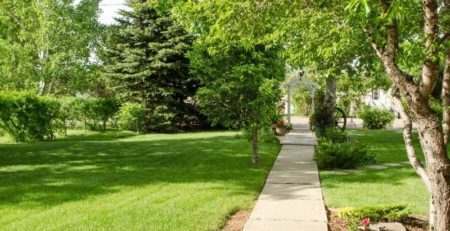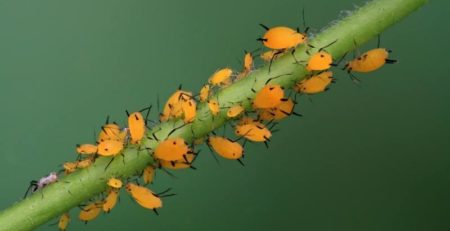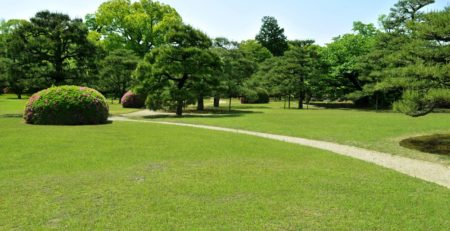How can I control fire ants?
Q: How can I control fire ants?
Fire ants can’t be eliminated entirely because it’s not possible to treat all areas that are infested. The goal of current integrated pest management programs is to suppress fire ants as much as possible with biological control methods and use insecticides only where it is economically and environmentally justifiable to do so.
There may not be one “best” method for fire ant control, especially in large areas. The objective should be to find the method or methods that are cost effective and environmentally sound. In areas where these ants do not present problems, doing nothing is certainly one option.
Treating ant mounds individually is more labor-intensive and may use more insecticide than other methods, but it is a suitable approach for small areas with few fire ant mounds (fewer than 20 per acre) or where you want to preserve native ants.
Currently, the best proven approach to effectively manage fire ants is called the Two-Step Method. It works best in fully infested areas (five or more mounds for each quarter-acre of yard) or where there is little or no concern for preserving native ant species.
The Two-Step Method (http://agrilife.org/fireant/controlmethods/twostep/) includes broadcasting a bait insecticide over your entire yard sometime between late August and mid-October, and then treating individual, problem mounds with an approved mound drench, granule bait, or dust insecticide. Texas A&M AgriLife provides more information on fire ant control on their website (http://agrilife.org/fireant/controlmethods/). That information includes a one-page summary (https://fireant.tamu.edu/files/2018/01/2018-Fire-Ant-Bait-Misc-Control-Products_1-25-18.pdf) of many current products. Always closely follow directions on the label.
Step One: Broadcast a Bait Product
Baits contain extremely low amounts of toxins and they are slow-acting, requiring weeks to months to achieve 80% to 90% control. The bait you apply determines how quickly ants will be controlled and how long the effect will last. Baits that combine fast-acting and slow-acting ingredients may control ants better because they act quickly and last longer.
Apply bait when the ground and grass are dry and no rain is expected for the next 24 to 48 hours. They can be applied anytime during the warm season, but the ants are still foraging in late summer or early fall when the weather patterns are easier to predict. For best results:
- Use fresh bait, preferably from an unopened container.
- Apply when worker ants are actively looking for food, usually in late afternoon or in the evening. To test, put a small pile of bait next to a mound and wait to see if the ants find it within 30 minutes
- Apply baits with hand-held seed spreaders.
- Don’t apply baits mixed with fertilizer or seed.
- Re-apply baits once or twice a year.
Step Two: Individual Mound Treatments
You can treat individual mounds organically or with chemicals. Dust insecticides act fast and don’t need water, but they leave a surface residue. Liquid drenches generally eliminate mounds within a few hours and leave little surface residue after application. Granular bait products are relatively fast-acting. They usually require putting granules on and around the mound and then sprinkling one to two gallons of water on without disturbing the mound.
An organic treatment is pouring two to three gallons of very hot or boiling water on the mound. It will kill ants about 60% of the time; but ants will otherwise just move to another location and very hot or boiling water will kill the grass or surrounding vegetation that it is poured upon. Other organic methods include drenching products that contain plant-derived ingredients such as botanical insecticides.

